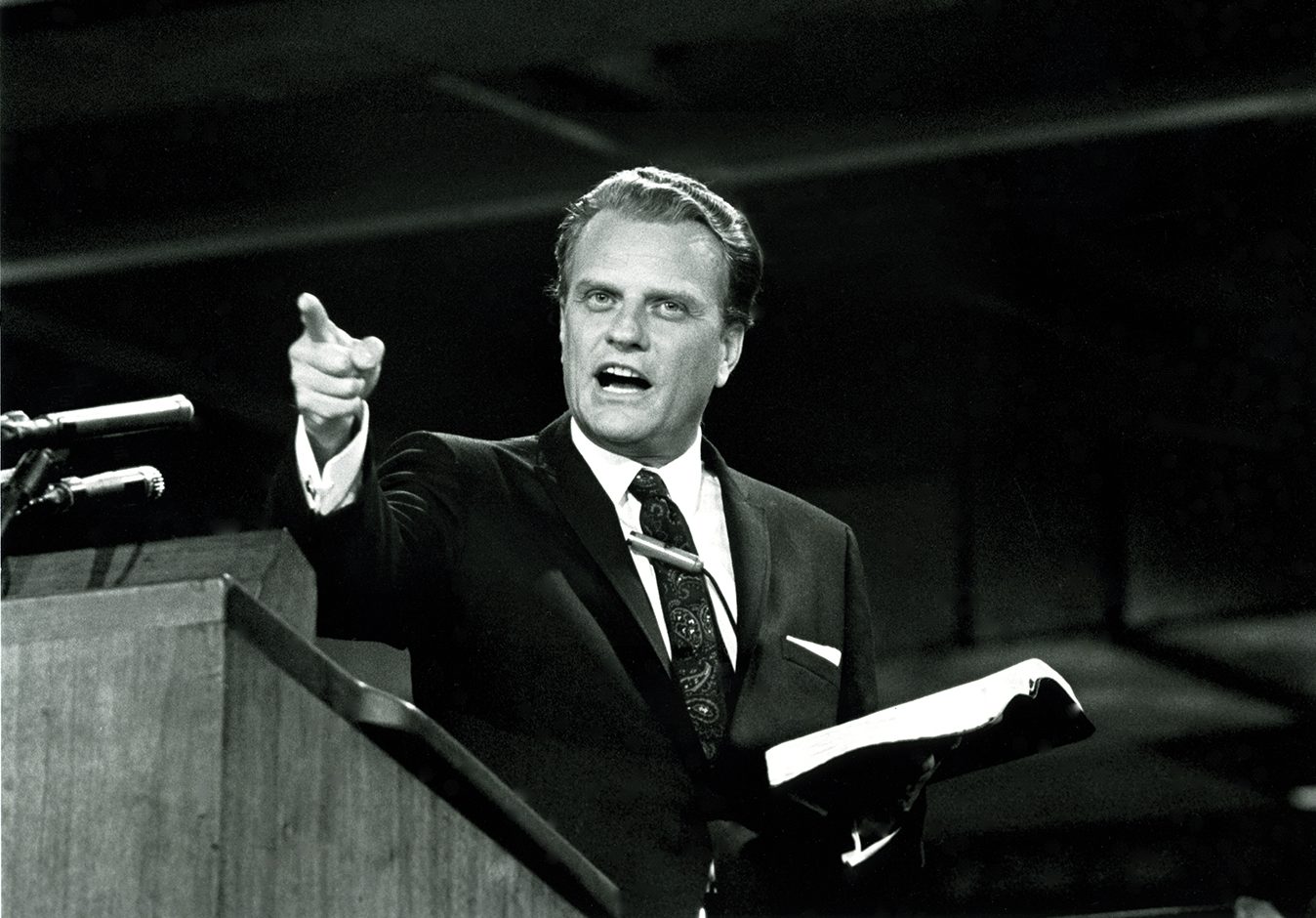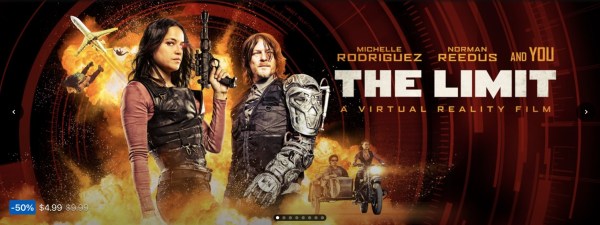 I pop on my Oculus Go headset and venture into a different world. I’m surrounded by generally friendly, if odd-looking companions. Most of the robots or aliens or anime people just float by and ignore me. Others are bold to strike up a “conversation” by voice or a text message. It’s really awkward for newbies, and it has always remained a kind of odd novelty to me. Full-disclosure, I’m old, enough. But each adventure in worlds like AltspaceVR leaves me both intrigued and thinking deeply.
I pop on my Oculus Go headset and venture into a different world. I’m surrounded by generally friendly, if odd-looking companions. Most of the robots or aliens or anime people just float by and ignore me. Others are bold to strike up a “conversation” by voice or a text message. It’s really awkward for newbies, and it has always remained a kind of odd novelty to me. Full-disclosure, I’m old, enough. But each adventure in worlds like AltspaceVR leaves me both intrigued and thinking deeply.
How should we think about different ways of relating and communing with each other, especially when using technology? What are some implications and questions that we should be asking in relation to innovations like virtual reality, online communities, etc.?
I’ll use an academic-sounding term for this: technologically mediated communion. We all know what this is like as we do it every day. It’s when we talk on the phone, message each other, make video calls, play online games in real-time using different communication tools, etc. There is a technology in-between us. It links us, but alters the communion in some way.
I think we can all agree that technologically mediated communion/relationships have practical value to provide a level of connection and experience that is preferable to no connection at all. I spend many hours a week in such mediated communication with team members, family members, etc. If we live across the ocean from each other, I value the chance to make the connection.
However, we must acknowledge that a technologically mediated relationship is missing important elements of true human connection. We are not present, together, in physical space. It is always “virtual” in some way.
Here’s a trick though, as technological tools increase in complexity and sophistication, it can feel to us as though our communion is becoming more real. This is where I want to begin a real conversation; the point where we begin to consider these mediated relationships and communities to be “just as good as” or “good enough” or even “the bright future” for us, especially if we’re talking about communities of faith and expressions of Church.

How might we describe phases of experiencing “reality” apart from reality?
Let’s look at some steps of technological progress in our communication methods (with gaps, to be sure):
- For millennia, we have depended on written communication. This gives us a very low sense of real presence of the person with whom we are communicating, but we communicate.
- The inventions of auditory communication (radio, telephone, etc.) gave us an increased sense of presence–we can recognize the voice–but only a single channel of real communication.
- Audio/Visual communication (video calls, Facetime, Skype, etc.) increase the sense of presence even more. More channels give us things like: 2D visuals, auditory signals, and some limited perception of body language.
- Simple VR – through avatars in virtual worlds (AltSpaceVR, games, VR meeting technology) provides a crude simulation of reality, but even less sense of real human presence. We intuitively feel the disconnect (unreality) when we interact so our minds must decide to play along when we’re talking with our friend who is represented by a CGI human, an alien, animal, etc. In actuality, we’re back to more auditory cues to give us a sense of the real person we know. We get very little else.
As VR technology progresses, we will certainly see things become more “real” in appearance. We can expect more and more lifelike avatars and worlds; the gaming world proves this. It should give more of a sense of personal communion, but our brains always know it’s not real life. Our brains are hard to fool. We perceive the artificial space, motion, physics, environment, etc.
- What about the addition of other sensory technologies, which will certainly come? We’ll have tactile feedback through simple things like gloves, or even whole-body suits that attempt to mimic physical touch, though solving problems like mass of objects and normal physical motion through spaces will likely remain issues. Again, we’ll likely experience some increase in “believability” but likely never approaching the level to really “fool” our brains. Will it feel the same as really being with a person? Not really, but it may be a fun and practical substitute in some circumstances.
- The next, and ultimate logical step is direct influence of our brain’s receptors through technology. We can imagine nanotechnology implants that are essentially imperceptible to us in a physical sense – no goggles, suits, etc. These may be able to stimulate so many micro facets of our brains that we would be unable to tell the difference between a real experience and something virtual. It’s extremely difficult to fool our brains and bodies, but it seems plausible to create a really realistic “dream” that might even remain clear in our minds.
Where could that take us? Is the next logical extension to be lives lived in dark spaces without any actual physical movement or interaction in the real world? We could be “living” completely in our minds and perceptions. Some may argue in favor of the ultimate extension of this – the abandonment of our physical bodies entirely – prone as they are to fatigue, disease, and limited in time and space. If our brains are still required for consciousness (?) we could imagine truly dis-embodied tissue being sustained through some means as “all we would need” to be alive and experiencing life. Transhumanist ideas already posit this ideal. Many works of art speculate about these futures: The Matrix, Bladerunner, etc. But these tend to be dystopian visions of a future where artificial life forms, relationships, and virtual lives are not held up as ideal.
When I’m asking questions like these, I have to go back to the deepest levels of my worldview. Do we know what ours is? Can we trace an evolution, or a logical progression of a worldview that is reflected in the full embrace of virtuality? These aren’t new ideas, for sure. Buddhism posits our world as an illusion. The early Church fought against the influence of Gnosticism which, among other things, held that the material physical world was evil and the spiritual world was good. I’d suggest that, if our theology resembles Gnosticism, Christian Science, Buddhism, and Transhumanism, we will have few objections to raise with the direction of any technological developments, even in the evangelical Church.
However, if our theology and worldview follows the path of historic orthodox (small and big O) Christianity, then we must push back and question these developments and their proper place in our lives. Christianity has always held to the view that God created the physical world as good and that we, as created beings, are being transformed into the original image (ikon) rather than being released as pure spirits/minds in the End. Jesus rose with a body; he wasn’t a ghost. They’ll be different, for sure, but the Church has always taught that our bodies will be resurrected, not just our minds/spirits.
God created human beings to be in communion with Him, and with others, in a physical created world. A Biblical worldview affirms and assumes the goodness of the created world and the integrity of human beings. We are made in the image of God: body, soul, spirit. None of these “pieces” is optional or disposable. Each is important and has a role and healing in God’s redemptive salvation plan.
If this is true, it leaves us with some questions:
Are technologically mediated relationships and communities an end goal for which we should be pushing?
Is a virtual experience of worship, community, and relationships, as good, good enough, or the fullness of what God desires for us?
Or is there another place for the wise use of these kinds of technologies, one that helps to overcome some practical limitations, but one that doesn’t become an idealized end for which we strive?


 I pop on my
I pop on my 
